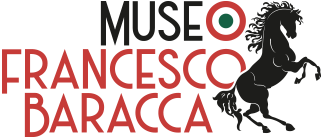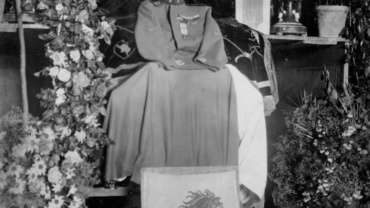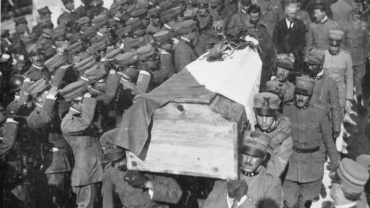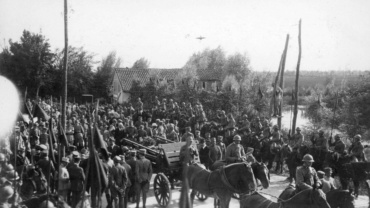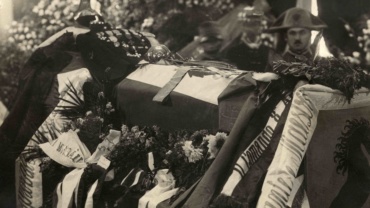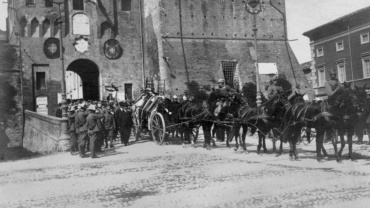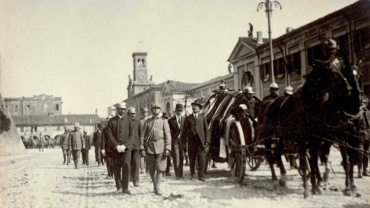The death
During the decisive days of the Battle of the Solstice, aviation played a key role in countering the Austro-Hungarian advance on the Piave. Fighter aircraft were often employed in so-called “Reptile” missions, i.e. machine-gunning actions on enemy troops at low altitude. Naturally, the 91a Squadriglia Caccia (91st Fighter Squadron) was also assigned to such operations.
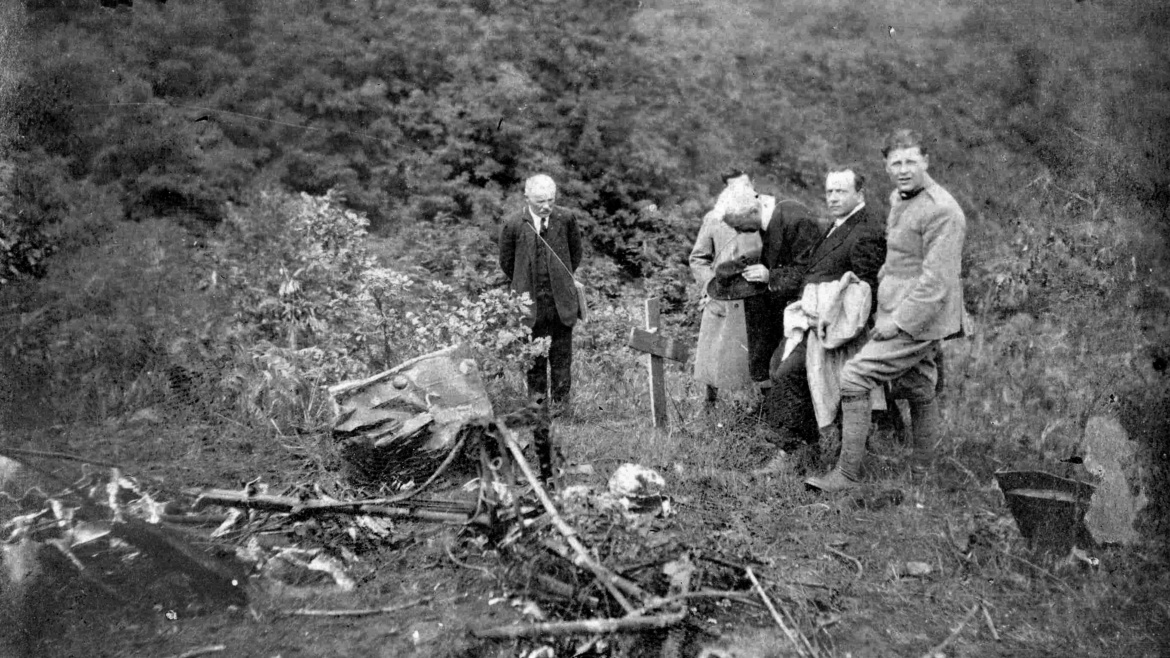
In the late afternoon of 19 June 1918, after talks with Lieutenant Colonel Piccio and General Bongiovanni, Francesco Baracca took off for the second mission of the day, together with wingman Franco Osnago. Leaving at 18:15 from the Quinto di Treviso base, the pair headed towards the Piave River. The weather was “mediocre”, clear skies alternated with rain-laden clouds; furthermore, the smoke produced by the artillery on the battlefield greatly worsened visibility. After flying over Nervesa, the two Italian pilots headed towards the southern slope of Montello. At one point, Osnago saw Baracca’s SPAD VII 5382 perform a very abrupt manoeuvre, only to lose sight of it under his wing. After turning, the Milanese aviator saw something burning and falling into the Montello woods. Distraught, he returned to base.
Some of the 91st pilots took off in search of their commander, others tried to reach the crash site by car, without knowing the actual location.
In the first report signed by the commander of the unit, Fulco Ruffo di Calabria wrote in the squadron’s diary: “Major Baracca left at 18:15 in cruise and machine-gun flight and he does not return to camp, he is believed to have been hit by machine-gun fire on the ground and crashed in flames on the Montello slope beyond our lines”. If the shooting down from the ground remained the official Italian version, the Austro-Hungarian version saw the crew of the Phönix C.I 121.17 reconnaissance plane, consisting of pilot Max Kauer and observer Arnold Barwig, as the protagonists of the shooting down.
Only on the 24th of June, after the Austrian retreat, it was possible to reach the place where the SPAD had crashed, and recover Baracca’s body. On the 26th, the funeral was held in Quinto, attended by some of the highest military officials and Gabriele D’Annunzio, who recited the famous funeral oration.
Thanks to a concession from the Supreme Command authorised by the king, the body could be transported to the city of his birth, where it arrived in the late evening of the 28th. The funeral chamber was set up in the hall of the Patrio Consiglio in the Rocca Estense.
At four o’clock in the afternoon on Sunday 30 June, the coffin, followed by an imposing crowd, was taken to Lugo’s Municipal Cemetery.


